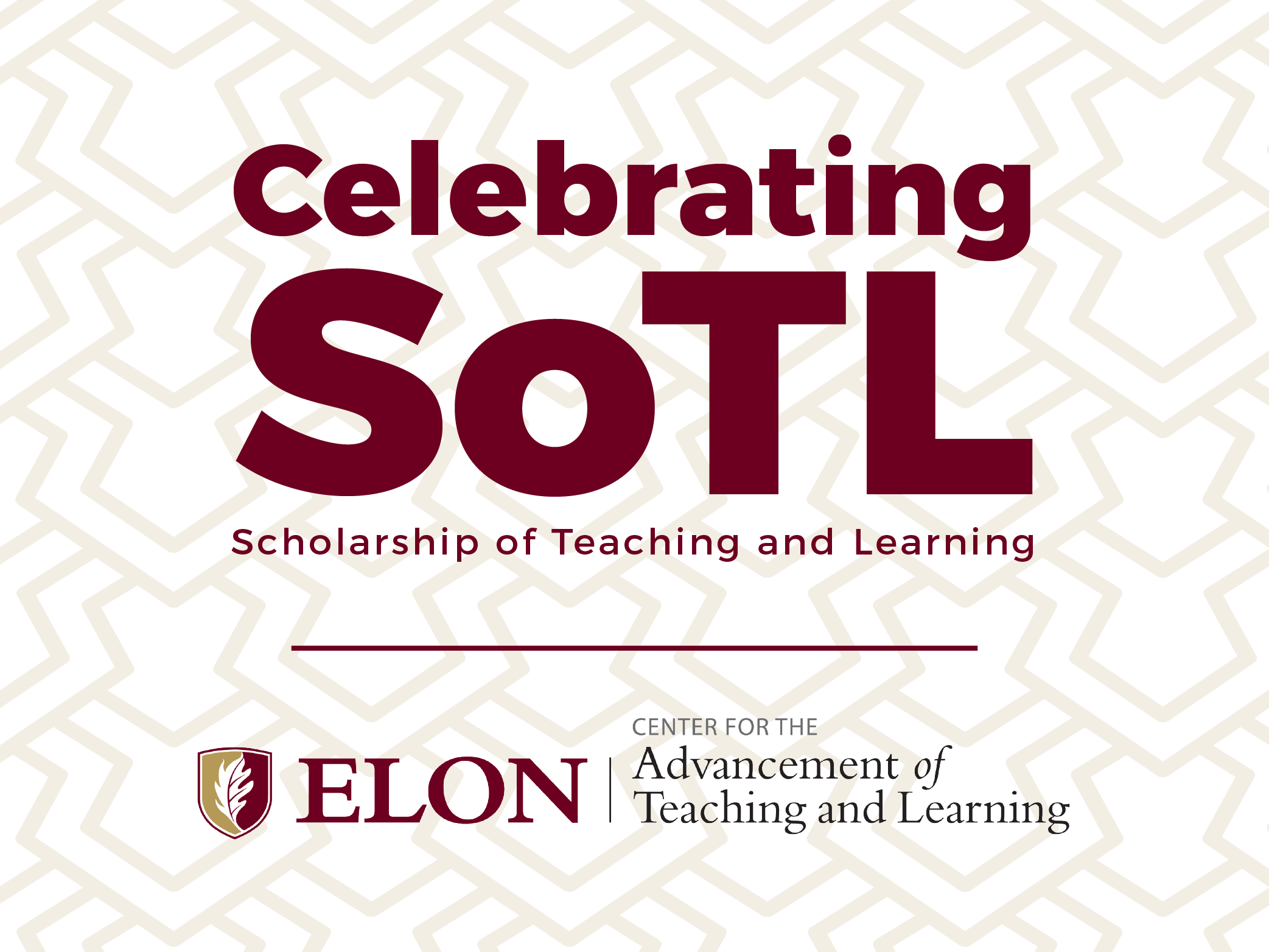Associate Professor of Dance Renay Aumiller co-creates learning goals and rubrics with her students to increase engagement and encourage risk-taking.
Each spring, the Center for Engaged Learning (CEL), the Center for the Advancement of Teaching and Learning (CATL), and the Center for Research on Global Engagement (CRGE) join together to showcase research projects focused on the Scholarship of Teaching and Learning (SoTL). Due to COVID-19, we have shifted from our usual poster presentation session to an online version through a series of Today at Elon stories. Follow along each day as we share Elon scholars’ research on innovative teaching practices.

Associate Professor of Dance Renay Aumiller wanted to tackle the problem of passivity in the classroom and encourage risk-taking in her students. As she explored how she might encourage her students to take more ownership over their learning, she discovered the growing emphasis in higher education on student-faculty partnership.
This approach has many names (students as partners, pedagogical partnerships) but can be defined as “a collaborative, reciprocal process through which all participants [faculty and students] have the opportunity to contribute equally, although not necessarily in the same ways, to curricular or pedagogical conceptualization, decision making, implementation, investigation, or analysis” (Cook-Sather, Bovill, and Felten 2014). Aumiller worked with the Center for the Advancement of Teaching and Learning to investigate how she might incorporate these ideas into her courses.
In Aumiller’s Contemporary Dance Techniques class, she collaborated with her students to co-create learning objectives for the course. They also worked together to design rubrics, a process that allows each student to help decide what success will look like in the course and give Aumiller direction in what aspects of their dance technique they would especially like feedback on.
After almost three years of developing this teaching approach, Aumiller says that she doesn’t think she “could go back to the old way of teaching.”
“I thought I was going into this project for the students’ sake, seeing how I could support their success beyond the classroom … but it was actually more of a project for equity and how to give power back to where there was once a powerless situation,” Aumiller says.
In the context of traditional dance education, there is often a hierarchical structure of power in which students are at the mercy of the professor’s aesthetics, even when it comes to things students cannot change, such as bone structure. By removing the idea of a “good way” and a “wrong way” and giving students the option to control how they receive feedback, she has observed that students take more ownership of their own learning.
Aumiller found that although it was difficult to challenge the traditional structure of the dance education she herself received, it has been ultimately rewarding to see the increased sense of autonomy and confidence in her students, as well as a sense of shared trust between her and her students.
Although Aumiller has had a positive experience with this reframing of traditional teaching, she can understand why some professors could be wary of trying out student-faculty partnership. However, the quantitative data she collected showed that the changes in her classroom were nothing to be afraid of.
She found that these changes had almost no effect on her SPoT (Student Perception of Teaching) scores or her students’ grades. The real change came in her students’ attitudes toward the class. She began the project with the goal of reducing passivity in the classroom. Through her students’ mid-semester surveys and her own observations of the class, she has realized that the passivity was the product of this imbalance of power in the classroom.
“And once I was able to give the students agency in the classroom experience, then that passivity disappeared,” Aumiller says.
This project was supported by a grant from Elon’s Center for the Advancement of Teaching and Learning. Aumiller greatly appreciated the guidance and support she received working on this research with CATL and feels that this support allowed her to tackle a project so far outside her own disciplinary research on the creative process of choreography. She recalled that since it felt like she “blew up her classroom and pieced it back together,” the support she received was very important as she learned from CATL staff and other faculty members engaged in students as partners projects on campus.
This project was supported by the CATL Scholars Program, which fosters innovative and scholarly teaching and learning. Echoing the Elon Teacher-Scholar statement, the CATL Scholars program is designed so that participants both engage deeply with the shared goals of our academic community and develop “the unique gifts” that each individual Scholar possesses.
Reference
Cook-Sather, Alison, Catherine Bovill, and Peter Felten. 2014. Engaging Students as Partners in Learning and Teaching: A Guide for Faculty. San Francisco: Jossey-Bass.



